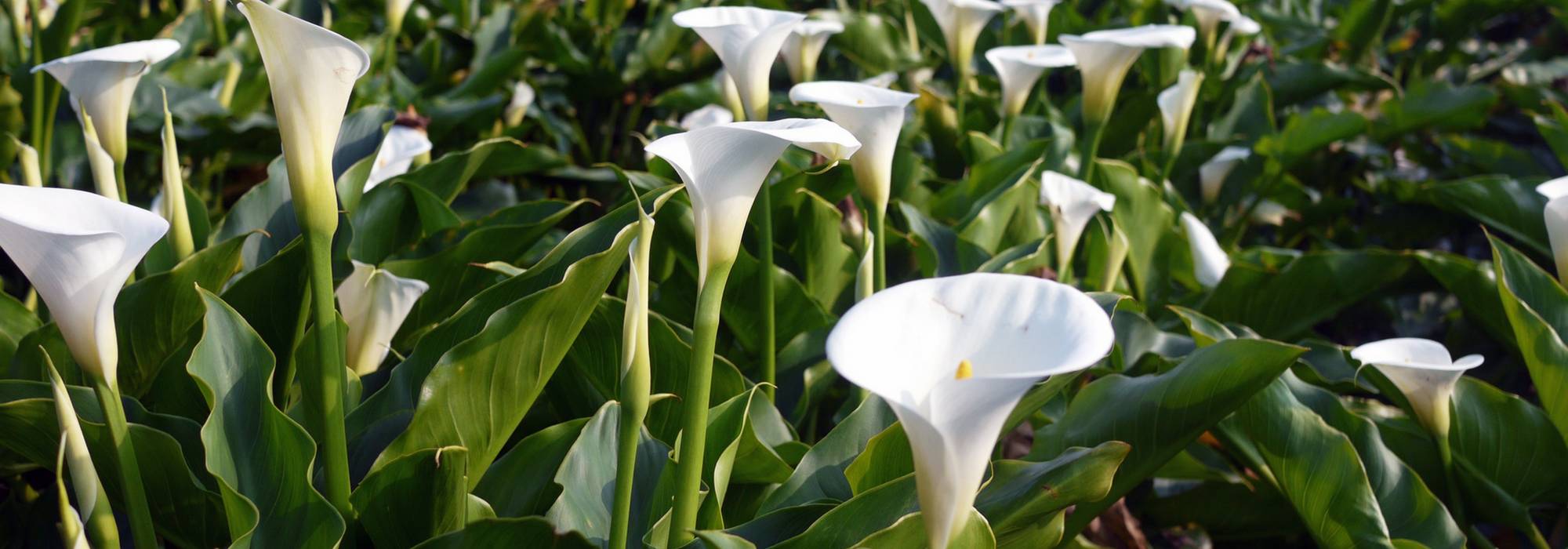
Arum lily: planting, growing and care
Contents
Arums in a nutshell
- Calla lilies are appreciated for the elegance of their funnel-shaped flowers, from May-June to September.
- They prefer cool to moist soils and thrive in both sun and partial shade.
- There are coloured calla lilies: red, yellow, orange, and even black. They are not very hardy but have a more compact foliage than the white calla lily.
- They are stunning in the garden, in pots, or as cut flowers.
- Not very resistant to cold, calla lilies need to be protected in winter.
A word from our expert
Callas or arums are plants of great ornamental value both for their lush foliage and for their original corn-shaped flowering. The inflorescences are simple, yet they are so large and majestic that they attract all eyes.
These beautiful tall plants, sometimes mistakenly called “arome”, evoke grandmother’s gardens with their old-fashioned charm. This may be due to the fact that callas endure and become more opulent year after year. They are rewarding plants, even for beginners, as they are low-maintenance and quickly provide generous foliage and refined, abundant flowering.
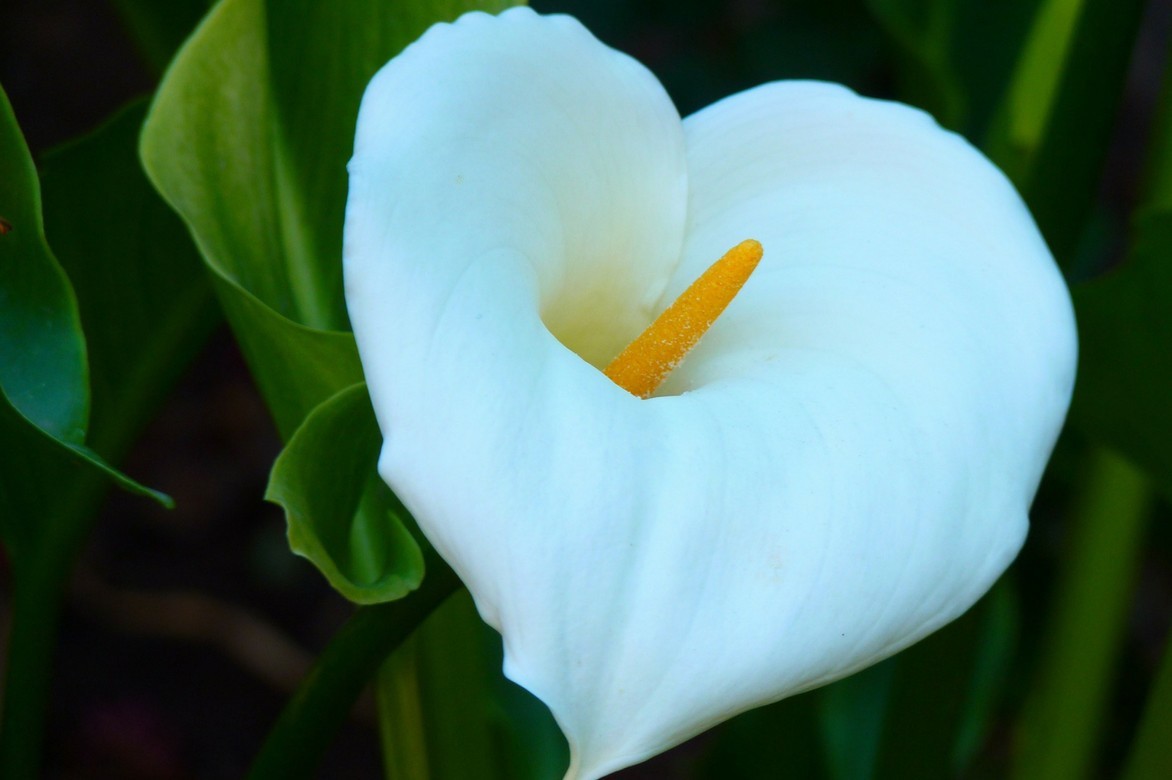
Immaculate flower of the Ethiopian Arum.
Gardeners have all the choices regarding their use: they can be planted in a large pot, in a border, by the edge of a pond, or with their feet in water… Arums are very adaptable, but they still prefer warm and bright situations, but not scorching.
There are now coloured arums, hybrids that are less bulky than florist’s arum. They are perfect in pots, especially as they are more sensitive to cold. Their vibrant colours and beautiful foliage will add a touch of exoticism to the garden. They are also excellent plants for contemporary gardens: their clean lines structure borders and planters.
The Italian arum or Italian lords-and-ladies, native to Southern Europe, populates shaded areas, thriving where few other plants grow. It colours winter with green and silver, hiding in summer and showcasing its lovely red fruits in autumn. Small in size, it will find its place at the foot of hedges in a natural garden.
Description and botany
Botanical data
- Latin name Zantedeschia aethiopica
- Family Araceae
- Common name Arum, Calla, Zantedeschia, Richardia
- Flowering May-June to August
- Height 0.6 to 1 m depending on varieties
- Exposure rich and cool
- Hardiness from -5°C to -12°C depending on varieties
Arum, Calla, Zantedeschia, or Richardia… what is their true name? A little clarification is in order. Indeed, we distinguish:
- the genus Zantedeschia: native to South Africa, known as arum or calla. It is the most well-known, the white arum of florists. The synonym Richardia is also encountered, though fortunately rarely used.
- the hybrids Elliottiana and Rehmannii are the coloured arums. They originate from genera native to New Zealand. Not very hardy, they will need to be stored in a cool, dry place during winter.
- the genus Arum: native to the Mediterranean region, this is the Italian arum or bog arum found in our gardens in woodlands.
Arum and Zantedeschia belong to the family of Araceae, whose typical inflorescence is formed of a bract in the shape of a cornucopia, the spathe, enclosing a yellow or orange spike, the spadix, which supports tiny flowers. In callas (Zantedeschia), the flowers are present along the entire spadix, while in Arum, the flowers are located on the lower part of the spadix, hidden in a fold of the spathe. Generally, the female flowers are placed at the base of the spadix and the male flowers above the female flowers. To avoid self-fertilization, the female flowers are fertilizable before the pollen of the same plant matures: pollen from another arum is needed to fertilise them.
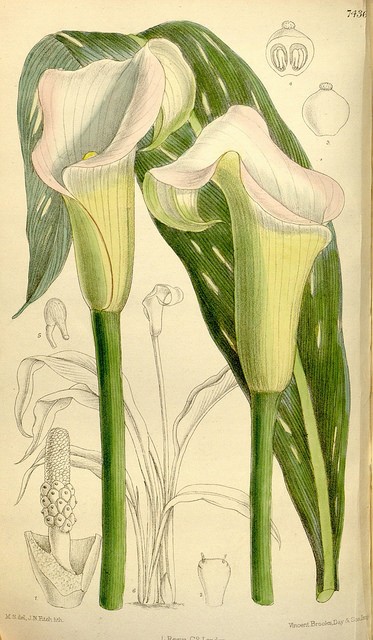
Zantedeschia aethiopica – botanical illustration.
The Araceae have developed an extraordinary strategy for fertilization: when the female flowers are ready to be fertilised, the upper part of the spadix increases its temperature and emits volatile and fragrant molecules to attract pollinating insects. A group of sterile flowers in the shape of filaments acts as a trap, allowing the insect covered in pollen from another arum to pass through and holding it captive. The insect deposits the pollen in its cage lined with female flowers which fertilise them. This triggers the maturation of the male flowers, and the insect carries this new pollen. The wilting of the flowers that held the insect finally allows it to escape and fly to another arum!
The scents emitted depend on the pollinating insect and thus on the genus and variety of the arum: for flies or necrophagous insects, the smell is foul (to us), while for certain beetles, the flower will emit fruity scents!
The leaves of arums are fleshy and arrow-shaped (sagittate). They form a more or less upright tuft depending on the genus. They are deciduous or semi-evergreen in mild climates.
The Italian arum (Arum italicum) is native to the Mediterranean region. It is a rhizomatous perennial 20 to 60 cm tall that prefers shaded and cool spots. It is a small fly that lays its eggs in dung that enables fertilisation… you guessed it, it does not smell good!
For this arum, summer is the bad season: it disappears during the heat while the flowering stem laden with fruits turns bright red in autumn. Its leaves appear in autumn. They are fleshy, borne on a very long petiole, and the veins are beautifully silvered. Its flowering occurs in April-May.
In the garden, it will enliven winter with its silver-veined leaves. It can fill the free spaces between summer perennials and the base of deciduous shrubs. It serves as a backdrop for early bulbs and highlights spring perennials such as lady’s mantle or columbines. It becomes sophisticated when accompanied by hellebores.
The Calla or florist’s arum (Zantedeschia) comes from South Africa and has naturalised in mild climates (Australia, Azores archipelagos, Madeira…). It is prized by florists for its long, elegant, and original flowering stem.
Zantedeschia has acclimatised well in Europe and can be grown in open ground where it will develop a little more each year. To top it off, its scent is pleasant, sweet, and aniseed. It is not susceptible to diseases or pests, except in asphyxiated soils. In pots or containers, its exotic leaves and architectural flowers decorate the balcony or terrace throughout the beautiful season.
The callas now offer us coloured spathes from powder pink to black, including yellows and oranges. These hybrids are of lower growth and more tender. Wintering the rhizomes or pots in a cool, airy place will be essential.
Finally, know that well-established arums withstand drought. They bloom less long, disappear during the height of summer, and return in spring to offer us their deliciously fragrant cornets. All parts of the arum are toxic.

Several colours of arums: Zantedeschia ‘Black Eyed Beauty’, Zantedeschia ‘Schwartzwalder’, Zantedeschia ‘Rehmanii’, Zantedeschia ‘Aethiopica’, Zantedeschia ‘Solfatare’.
The main varieties of arum
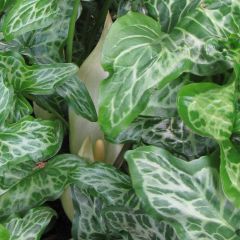
Arum italicum Marmoratum - Italian arum
- Flowering time May, June
- Height at maturity 30 cm
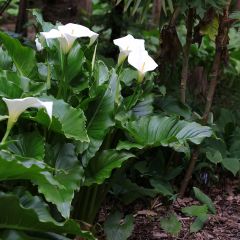
Zantedeschia aethiopica - Calla Lily
- Flowering time June to September
- Height at maturity 1 m
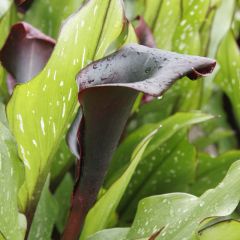
Zantedeschia elliottiana Schwartzwalder - Calla Lily
- Flowering time July to September
- Height at maturity 50 cm
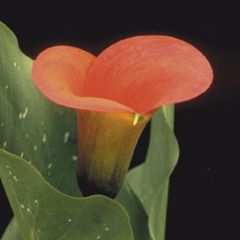
Zantedeschia elliottiana Mango - Calla Lily
- Flowering time June to September
- Height at maturity 50 cm
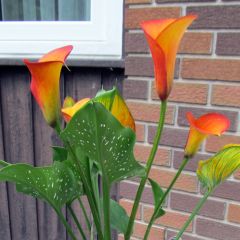
Zantedeschia elliottiana Flame - Calla Lily
- Flowering time July to September
- Height at maturity 60 cm

Zantedeschia elliottiana Solfatare - Calla Lily
- Flowering time June to September
- Height at maturity 50 cm
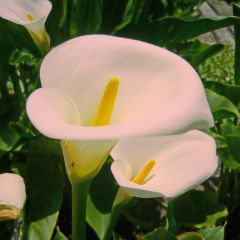
Zantedeschia aethiopica Pink Mist - Arum-lily
- Flowering time July to November
- Height at maturity 80 cm
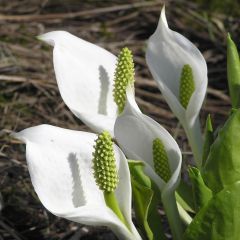
Lysichiton camtschatcensis
- Flowering time May to July
- Height at maturity 60 cm
Discover other Arums
View all →Available in 0 sizes
Available in 0 sizes
Available in 0 sizes
Available in 1 sizes
Available in 1 sizes
Available in 1 sizes
Available in 1 sizes
Available in 1 sizes

Available in 3 sizes
Available in 1 sizes
Planting Calla Lilies
Florists’ arums need warmth and light to bloom. Choose a good location, warm and sheltered from the wind that could damage their large leaves. In southern regions, avoid scorching situations. They must not lack water. They will thrive by the edge of a pond.
When to plant arums?
Whether sold as bulbs or in pots, florists’ arums are planted in spring from March to May. Plant them as soon as the risk of frost has passed.
How to plant arums?
In pots:
Colourful arums, which are more compact, are well-suited for pot cultivation, especially as they are more sensitive to cold. Plant them in March, keeping them sheltered from spring frosts in a warm, bright spot until mid-May.
- In a pot of at least 20 cm in diameter, place a drainage layer of gravel or clay balls.
- Partially fill with a rich soil mix (such as “geranium mix”) to a minimum height of 4-5 cm.
- Place the bulb so that it is buried 2 to 2.5 times its diameter.
- Fill in with the soil mix.
- Water and keep moist.
- Move outside after the frosts.
See also the advice sheet on planting arums
In the garden:
In full sun or partial shade, in cool soil, install arums in April, the best planting period.
- Prepare the soil by digging and incorporating well-rotted manure.
- Dig a hole three times the volume of the bulb.
- Place the bulb at the bottom and fill in with enriched soil mix.
- Add organic fertiliser.
- Water.
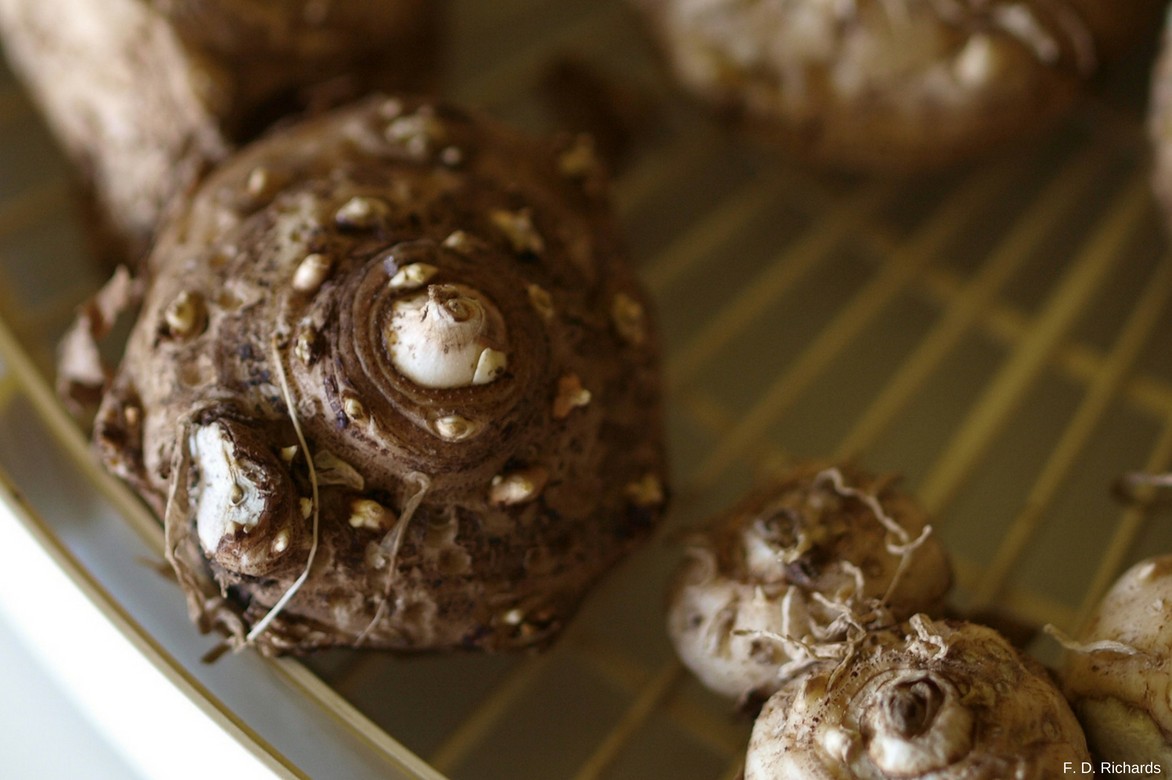
Arum Bulbs
Caring for calla lilies
Maintaining Your Calla Lilies in the Garden
Calla lilies love water, so do not hesitate to keep the soil moist. They are very greedy, and for them to develop well, you will need to amend with organic fertiliser every year.
Cut back the leaves as soon as the first frosts arrive and mulch them in autumn by covering them with 15 to 20 cm of dead leaves to protect them from the cold.
Colourful calla lilies can be lifted when the first frosts arrive. To do this, use a fork to avoid damaging the bulbs. Store the dried (dry) rhizomes and free of soil. To preserve them, store them in a dry room, away from light and frost.
Maintaining Your Calla Lilies in Pots
As with garden cultivation, ensure the soil remains moist but not waterlogged, as the rhizomes may rot. Apply fertiliser every 2 months, from April to August. Move your pots indoors as soon as the first frosts appear, into a bright, cool, and airy location. To mark a period of dormancy for the plant, avoid watering in winter.
Multiplication: dividing the arums
Italian arums or calla lilies self-seed naturally, while <strong;>florist’s arums (callas) multiply by division of the rootstocks. It is preferable to wait until the stump is well developed before dividing. Arums can be multiplied in autumn or spring.
Multiplying arums in spring
- Cut fragments of rootstocks with roots and buds. You can use a disinfected knife or do it by hand,
- Place these fragments in pots filled with potting soil,
- Water,
- Place the pots in a bright and warm location, as this will facilitate recovery, and only take the pots outside when all risk of frost has passed.
Multiplying arums in autumn
For arums that remain in the ground during winter, it is possible to divide them in autumn. Proceed as follows:
- Using a forked spade, dig up the plant,
- Retrieve the stump fragments,
- Replant them immediately in their final position, in the garden or in a pot previously filled with potting soil.
Associating callas in the garden
You can plant arums among grasses or ornamental garlic. Lilies or daylilies will nicely accompany the callas.
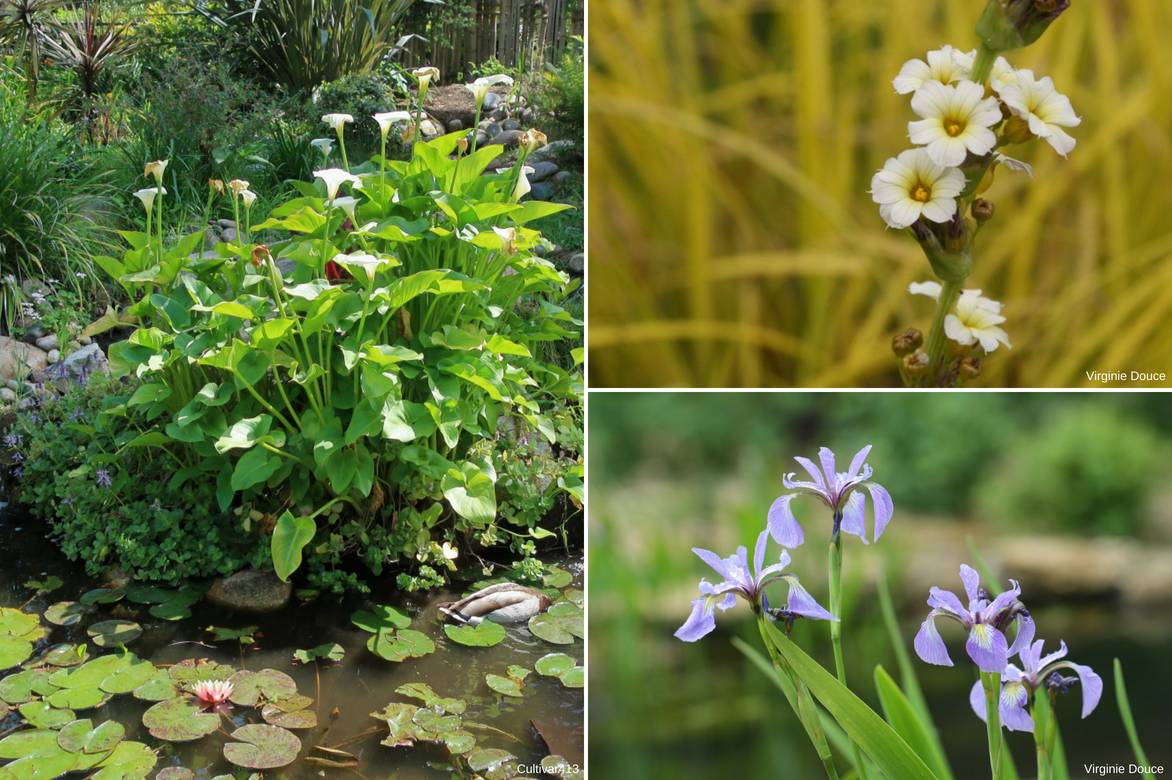
An example of a combination in cool soil: Zantedeschia aethiopica, Sisyrinchium striatum, Iris versicolor and Carex elata ‘Aurea’.
For a bed or a large exotic pot, the oranges of the callas Zantedeschia Mango and the New Zealand iris “Libertia ixioides Taupo Blaze” with green, yellow, and orange foliage will provide contrast with a persicaria “Black Field”. Chocolate cosmos with single flowers and the purple pom-poms of Macedonian knautia will lighten the whole arrangement.
For a pink monochrome, a pink calla – Zantedeschia Rehmanii – accompanied by a light pink collarette dahlia “Impression Famoso” and graceful astrances (Astrancia major) will be edged with hardy geranium Chantilly in porcelain tones. An autumn aster in lilac (Aster ageratoides Harry Schmidt) will bloom at the end of the beautiful season.
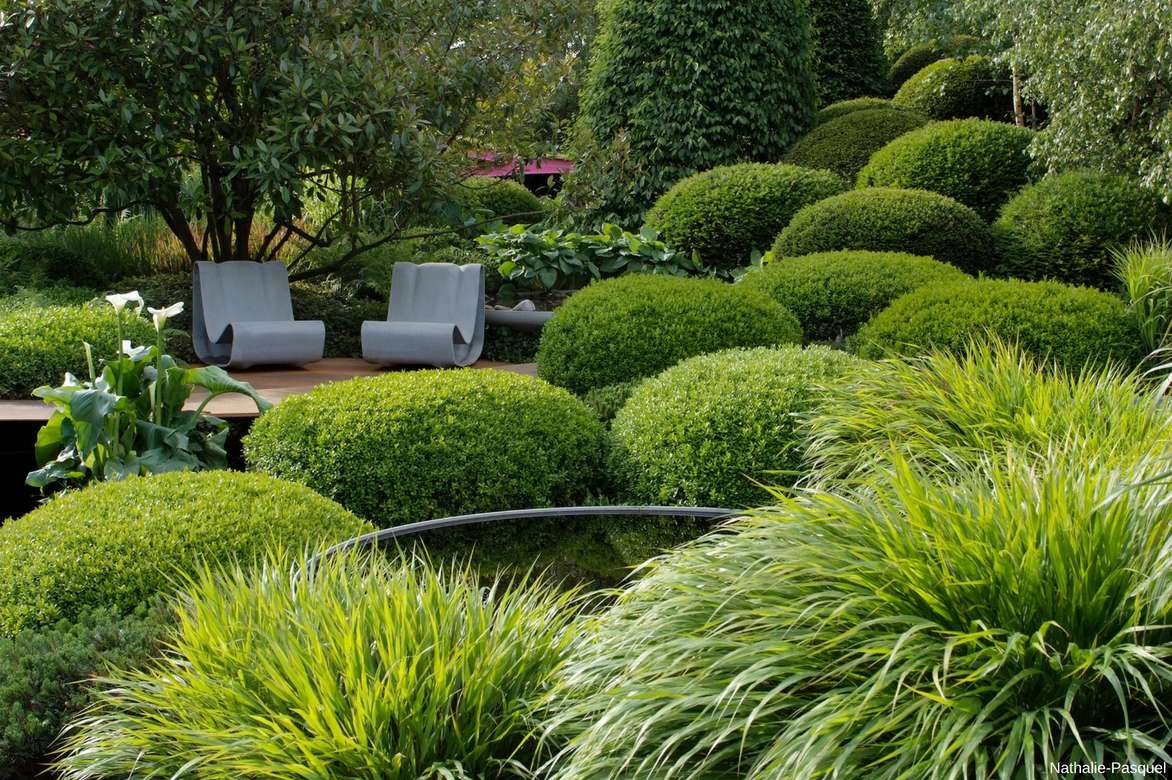
An example of a contemporary combination: a clump of Zantedeschia aethiopica accompanies imposing boxwood balls and opulent clumps of Hakonechloa macra.
Arums will structure the beds or pots and can accompany all sorts of perennials or grasses with softer forms.
→ Discover more ideas for combinations with Arums in our advice sheet!
Did you know?
In the United States, white callas are used for designing funeral bouquets, while in France, they adorn weddings, baptisms, and communions!
Useful resources
Discover:
- Our collection of arums.
- An inspiration source for pairing arums: timeless gardens.
- Advice sheet: Growing Arums in pots
Frequently asked questions
-
Every year, my calla lilies bloom, but not this year, why?
If your arums have flowered in previous years, the issue is not related to their exposure. The problem likely lies with the substrate: arums prefer moist, rich soils, and they may have depleted the soil where they are planted. Provide them with organic fertiliser during the growing season (from March to September), every two months if they are in pots, and once or twice if they are in the ground. Regularly monitor the moisture of the soil and water as necessary.
-
I have been planting calla lilies in the shade, under trees, for several years. I water them, but they do not flower, why?
Arums need sunlight and plenty of warmth to flower. They will tolerate partial shade, but not complete shade. You will need to move your callas to finally get flowers.
- Subscribe!
- Contents
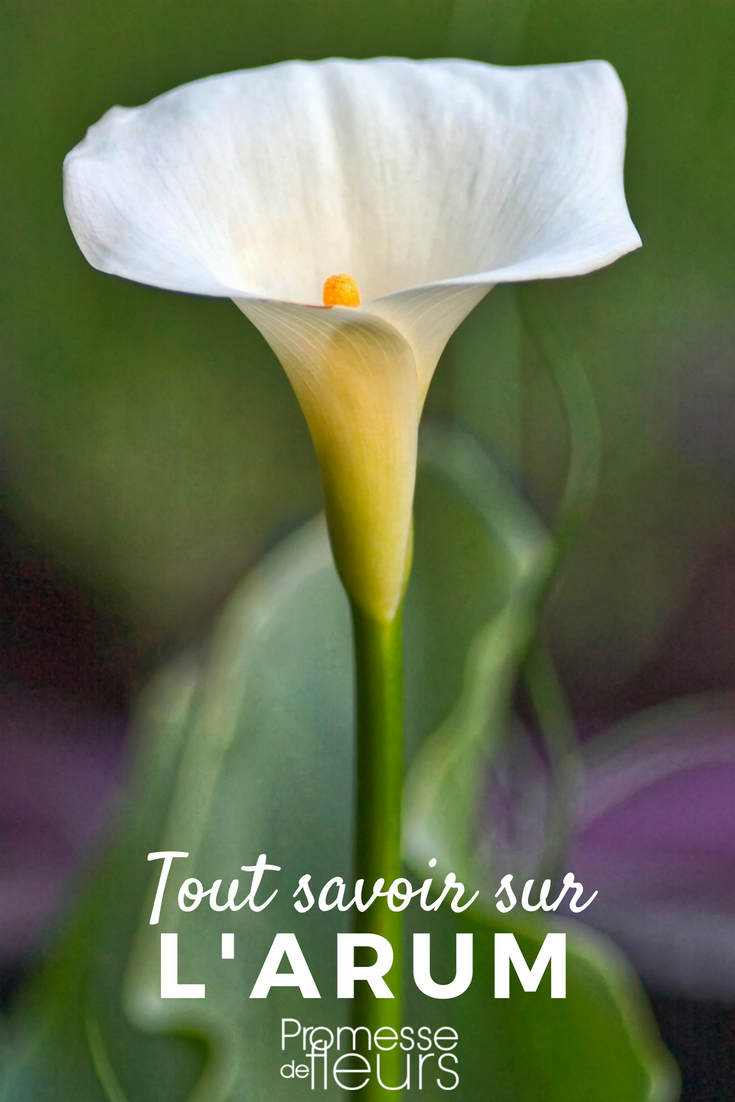































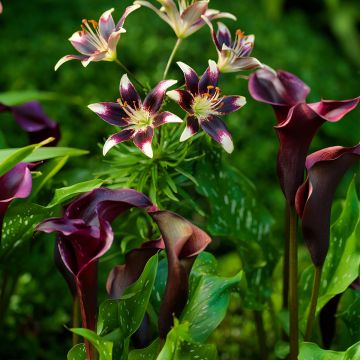
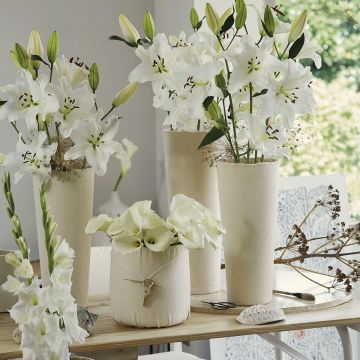
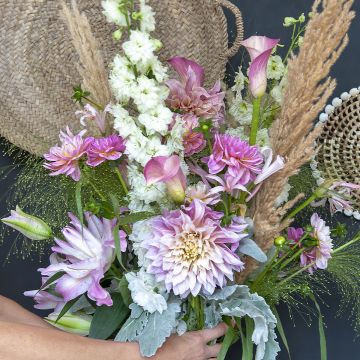
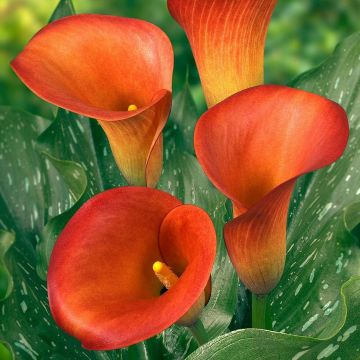


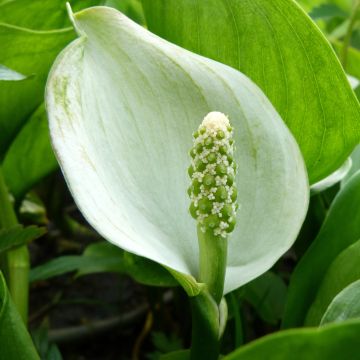
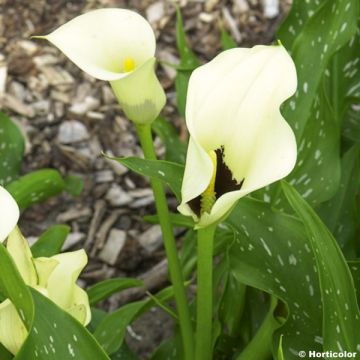
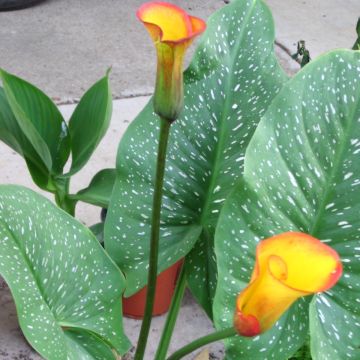
Comments